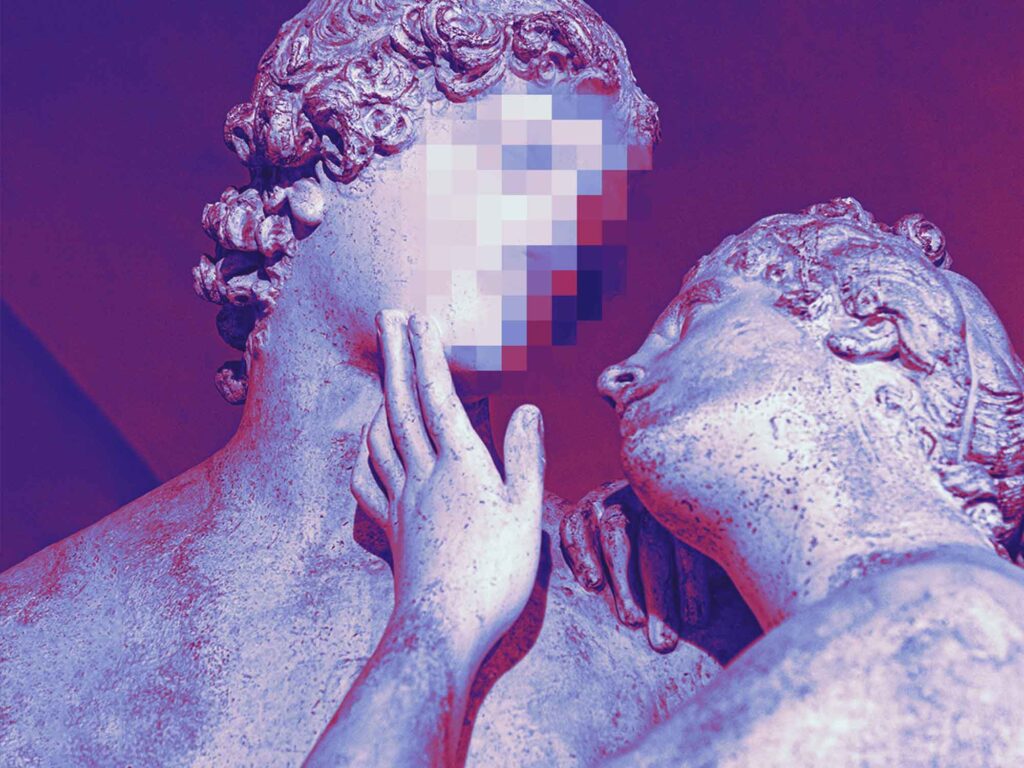It was a matter of moments. One moment we were together, the next there was nothing left of us. Years and years of a relationship slipped away in the time it took to say “it’s better that we each go our own way”.
A week has gone since, and many thoughts and many questions haunt me. After the first suffering, the instinctive and physical one, a persistent melancholy follows. I look back and wonder what I liked about him. For what reason did I find him attractive? I’ve been venting to my friends a lot these days, realizing some of the details, performing a wide-ranging analysis. All the guys I’ve been in a relationship with or wanted to be in a relationship with have physical traits in common. In a way they look alike and maybe even resemble me.

After long reflection I interpreted this last fact as a kind of extreme narcissism. Am I indirectly attracted to those who look like me? Or maybe it’s just a matter of familiarity? At this point I wondered what kind of guy I am inclined to classify as attractive. Generally speaking I appreciate height, blue eyes, healthy and sincere appearance, all seasoned with some particular trait, which is fundamental to intrigue. Having come to this conclusion, my thoughts could have wavered in emotion and returned to the unnecessary pity of my breakup. Instead, I decided to investigate deeper and enter this world of uncertainty with my rationality as the only compass to guide me.
Beauty and attractiveness, attractiveness and beauty. I repeat these words to myself, wondering about their meaning. I wonder if my concept of beauty toward the opposite sex is unique, or influenced and shared by the outside world. Could it even be manipulated by the way I see myself? Here the thought becomes tangled and confused about the perception of my figure and appearance, leading me to the legitimate question of whether I see myself as beautiful, or I am beautiful to others.
A few days go by and I can’t find peace. Not because of my ex, of course. I don’t have time to think about him anymore! Now the question is about beauty. Asking friends (indirectly of course, I don’t want to sound crazy) I realized the existence of contemporary, but also historical, archetypes. Those were ancient models of beauty, capable of surviving over time: they are universally and eternally beautiful. Are there, therefore, constant canons of beauty throughout history? And what is beauty after all?
Classically beautiful
The best way to find answers is to turn on your heels and retrace the footsteps of your ancestors. Instinctively my thoughts gallop to Ancient Greece. From my high school Greek classes, it stuck with me how the concept of beauty involved a balance between soul and body. Beauty is like the meeting point between the virtues of the spirit and physical prowess, inevitably binding one to the other. “He who is beautiful is dear, he who is not beautiful is not dear,” my grandmother always repeated to me, unconsciously quoting the muses’ song at the wedding of Cadmium and Harmony. Thus was shaped the stereotype of beauty still so familiar today Fonte:Little
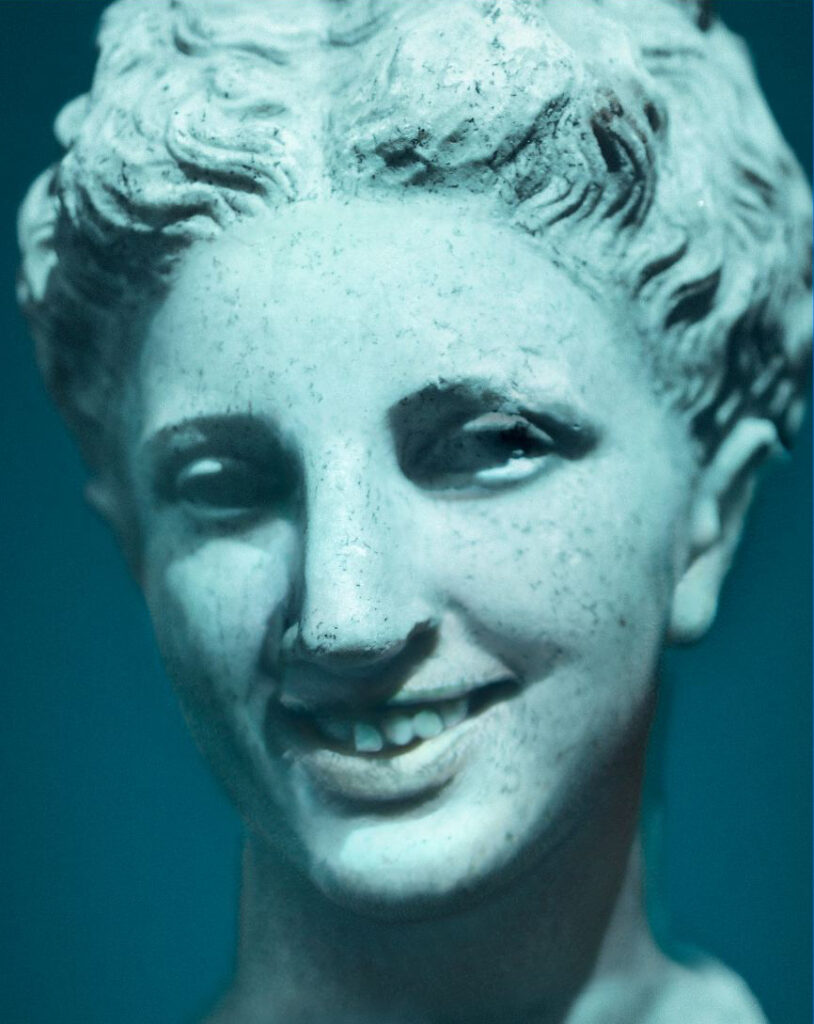
This conception of beauty is entirely ideal and deviates from the concept of καλόν, kālón, that is, what attracts the eye and pleases in a physical and instinctive way. In any case, whether it is ideal or physical, the Greeks established that proportion and symmetry are indispensable criteria to define beauty. In the 4th century BC Polyclitus decided to ruin my life by defining in the “Canon”, the right proportions of the human body, for which the height must be equal to seven times its own head.
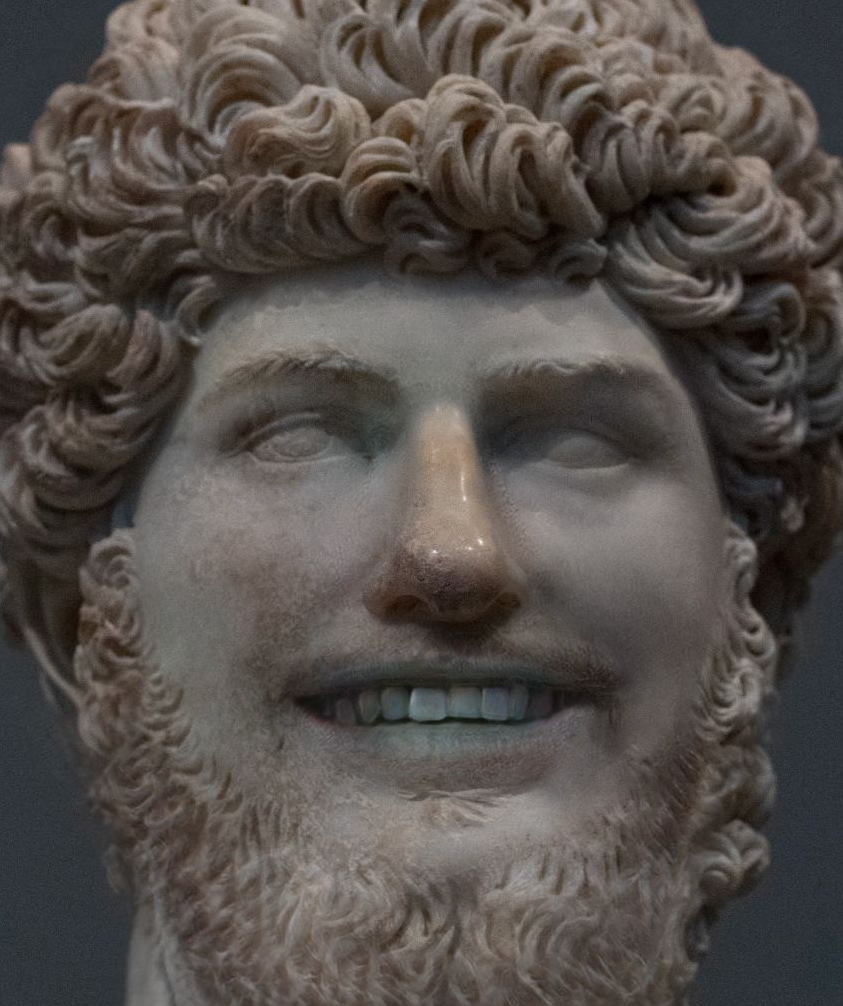
Obviously, as soon as I read about this rule, I rushed to the meter to measure the length of my head and body all together, discovering with regret that Polycletus would not have considered me a good model of proportion, let alone beauty. Committed to recovering my self-esteem, I continued to ponder the concept of proportionality between parts. Undoubtedly it is a necessary requirement to define beauty, but I wonder if these proportions are immutable. I delve deeper into the matter and discover that, if Polyclitus would never have hired me as a model, Lysippus, who valued a perfect body eight times his own head, perhaps would have. Later in the Middle Ages, the number of heads varied from 3 to 15, leaving the possibility for anyone to feel included. It gives me relief to know that the canon of beauty is not constant, but changes depending on the cultural and historical context in which it is placed. In regard to beauty, the ancient Greeks passed down to us a deep respect for proportion and symmetry. Regardless of the right measurements, its key lies in what the Latins called “consensus partium”, or the balance between the parts of a system. Fonte:Jean
The concept of proportion is closely associated with that of number, which is a mathematical model of reference for the measurements of the perfect body. For the Pythagoreans the mathematical model was the principle of all things. In the Renaissance this model produced a number, the number four, which became the number associated with beauty and the Vitruvian homo quadratus. Anyone aspiring to be an excellent Vitruvian man must know that his arms and legs opening must form a square.
By now I have lost hope of finding myself represented in a canon, but I have understood the need for a reference model to define beauty, which is as important as it is variable. It is the number, in fact, that is constantly changing according to the influences of the external environment, while the search for beauty as symmetry and balance between the parts remains almost intact.
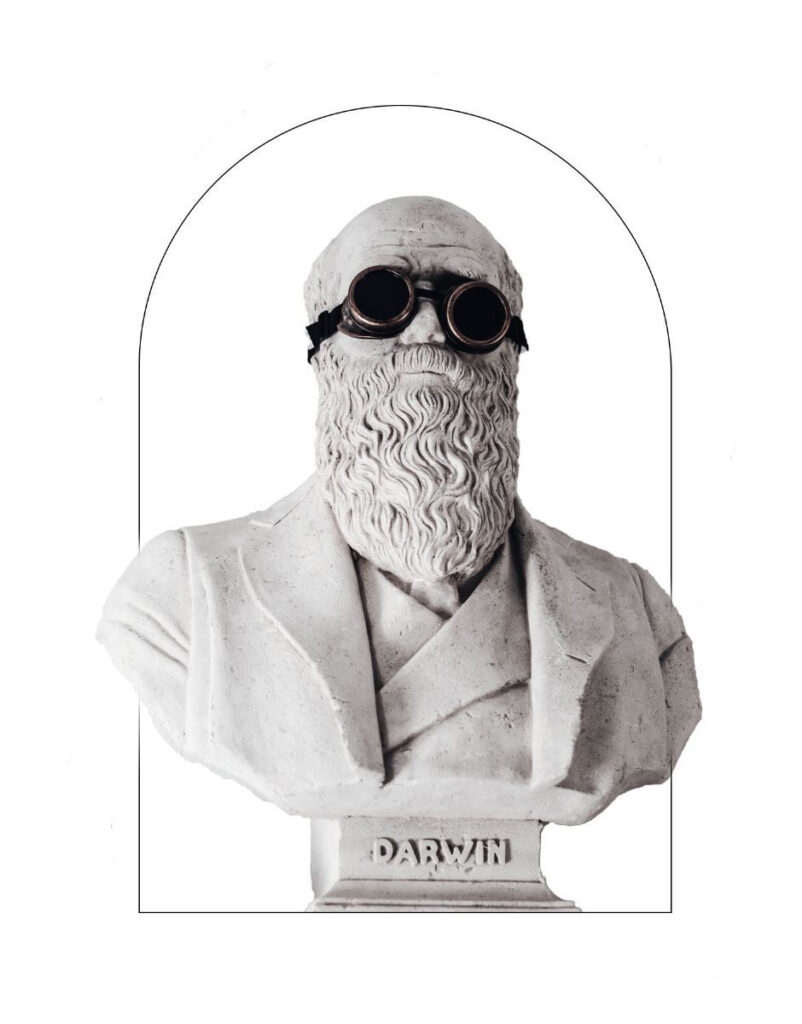
Beautiful to survive (maybe)
At this point it is clear that the concepts of attraction and beauty have been tormenting us for millennia. So why does beauty exist?
To find answers to this question I decide to turn to evolutionary experts of the caliber of Darwin and friends. After finding the constants of beauty through the ages and realizing how strongly dependent it is on external factors, I need to understand its usefulness and what it is influenced by. I ponder and document for a few days, later finding myself asking my alter ego if beauty might have a reproductive purpose. But let’s proceed in order.
In the second half of the nineteenth century Darwin theorized the evolutionary theory of natural selection, which can be simplified into three words: variation, selection and amplification. Variation means that, considering a species, some individuals may be born with slight variations from the average. Selection implies that such exceptional traits, if beneficial to their survival, are selected and passed on to their offspring, and this way then are amplified. But not all animal traits aim at mere survival.
If I think, for example, of the colorful and exaggeratedly large tail of peacocks, I cannot find any use for it. On the contrary, it’s a cause of constant struggle for the animal, which struggles to fly because of it. In the same way I cannot understand the usefulness of the bright colors of some birds, such as parrots and pheasants. Bright colors make you more visible to predators, right? Even Darwin had his doubts when he added the concept of sexual selection of secondary characters to his pamphlet about natural selection. In brief, sexual selection implies that all those peacock tails and bright colors are indeed useless for survival and wasteful in terms of energy, but useful in making animals more attractive and more desirable for reproduction. Fonte:Darwin So, as long as they reproduce before they die it’s a success.How cynical of you Darwin! No utility associated with beauty if not the possibility of copulation? Definitely unromantic.
In the same years the severity of this theory tormented the English naturalist Alfred Russel Wallace. Wallace was strongly against the idea of sexual selection, unable to accept the maintenance of useful traits for the sole purpose of reproduction. Fonte:Ferris He declared that the only way he could accept it was by finding a link between these ornaments and physical health. Without knowing it, he was the first to propose the model of beauty as a manifestation of strength and an evolutionary synonym of health. So if for us beautiful is what we like, for Darwin, beautiful was what could reproduce, and for Wallace, beautiful was what was healthy.
In the wake of Wallace’s thought from the late 1970s a theory with the provocative name of “sexy son hypothesis” started to spread. Patrick J. Weatherhead and Raleigh J. Robertson were convinced that the ideal male was the most beautiful one because beauty = healthy, and health indicates a genetic makeup fit to survive. Fonte:PJ This theory is also evolutionary sounding: a handsome male will catch more females and lead to the birth of more handsome male children, who will in turn be more successful with females and so on, ensuring amplification and a chain reproductive successes. Fonte:PJ
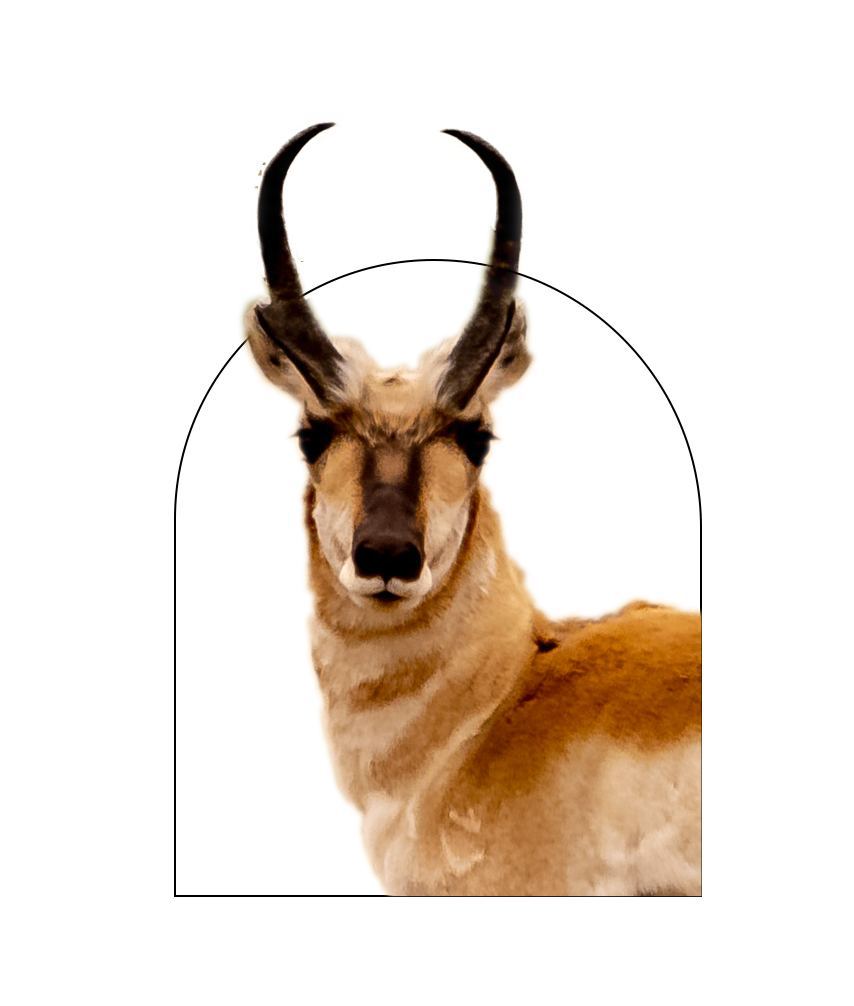
Similar to the “sexy son hypothesis” is the theory of “good genes”, according to which females select the partner that will ensure healthy and strong prole. Fonte:Byers Scientific evidence shows that this “healthy and strong” model guides the partner selection of several animals including the beetle, but especially the American prong horned antelope, an animal halfway between a goat and an antelope. Fonte:PJ Fonte:Garcia So if I were a female prong horned antelope and had to point my muzzle at my ideal mate in the savannah, I would be inclined to point to the faster, stronger, and more agile one, uninfluenced by unnecessary ornaments such as massive horns. Fonte:PJ I would do this because I am convinced that I am guaranteeing my pups the “good genes” of health and strength, which brings a higher probability of survival.
What is the issue with this perfect construction where only the beautiful and the fastest survive? The reality is that if natural selection worked only in this way we female pronghorned antelope would have the great guilt of contributing to the reduction of genetic variability in our species. Let’s take an example. When I play my personal version of scopone scientifico (in which I can cheat and choose the cards I want) every time I have to fight against my primary instinct to choose only the best cards, the golds. Only after years of (Darwinian) experience have I understood that the cards that are worth the most are not enough to win, and I have often found myself regretting not having considered the others.
The gold suit in the card deck is the equivalent of the good health genes theory. They are good, but they are not enough to guarantee survival. In fact, if at the game of life you chose your partner always following the same criteria (in this case beauty), the offspring would receive only one group of genes, which would lead to a reduction in gene variability. This is not a detail. Reduction of genetic variability leads to weak immune systems and predisposition to genetic diseases. Fonte:Mays Partner selection based on the offspring’s survival is therefore a good short term strategy, but is completely detrimental in the long run.
The luck of being attractive
Natural selection or not, I still want to understand why I am attracted to a certain type of man and not another. I go back to the theory of the existence of universal canons of beauty, and find out that it has not been forgotten. On the contrary. Just over twenty years ago the theory was consolidated with a new update of the Canon of Polyclitus. Although the result of such an update is based on rigorous scientific observations, it leads back to theory of the good genes Fonte:Langlois , alas symmetry and proportion are key to beauty because they convey a message of good health, which according to evolutionary theory means only one thing: survival. Apparently men prefer women with a symmetrical torso because they are more fertile Fonte:Manning , and women are attracted to a symmetrical male body because it correlates with a good number of snappy spermatozoa ready to fertilize. Fonte:Mann I would probably be considered much more attractive if my crooked nose didn’t convey breathing difficulties? Fonte:Thorn Fonte:Mealey
But the updated version of Polyclitus’s Canon goes beyond symmetry. It explains how the most attractive faces are actually the most commonly diffused ones, those lacking marked features (such as a crooked chin or prominent eyes). This is because, if evolution has selected certain facial features, it may mean that they are the best ones to survive and thus they get passed on.
NEUTRAL FACIAL FEATURES
Neutral facial features appear to be associated with heterozygosity, the condition in which there are different alleles, i.e., a pair of variable forms of the same gene. This produces a greater variability that may be related to the presence of proteins responsible for a facial microenvironment hostile to parasites. Fonte:Thorn Other studies suggest that neutral facial features are linked to a greater variability of the MHC complex of the immune system, which determines a more effective and extensive recognition of pathogens and the consequent activation of defense mechanisms. Fonte:Lie
Still delving into the new Canon of Polyclitus, I suddenly realize why my arch enemy from high school was considered so sexy. Her long, soft hair not only attracted attention like a peacock’s tail, but was also a sign of good health. Her full lips, long eyelashes, accentuated cheekbones, in short, her marked feminine features (just like the masculine ones for men), could be a symbol of a strong immune system. Sex hormones in fact reduce the immune response, therefore being healthy and simultaneously having marked masculine or feminine features could be a sign of a really fit immune system. Fonte:Zahavi
But there’s more. Beauty goes far beyond the genetics of physical attraction. According to the good genes theory, being attractive is like having won the lottery of life, because it not only conveys health, but also enjoys a better reputation. For example, one experiment involving 112 managers who were asked to rank candidates for a job based solely on a photograph. Fonte:Marlowe The choice was therefore driven by pure appearance. Was I surprised to find out that more attractive men and women were rated better than their less-attractive colleagues? Obviously not. It seems clear that attractive men and women are inevitably judged and viewed more positively, and consequently tend to be better off. This is demonstrated by a study of about two hundred male and female students, evaluated through films and photographs, and by assessing their own degree of personal well-being and attractiveness. Interestingly, this survey found that those who are considered “good looking” tend to live in a state of greater well-being and personal satisfaction. Fonte:Diener
All of a sudden my grandmother’s words come back to me and I realize that the stereotype “what is beautiful is good” still haunts us today. Beauty is the quintessence of the stereotype, because it guides our judgment and precedes any reasoning. Like every stereotype it has the function of warning us against danger, and in the case of beauty it directs us towards the partner with whom we have more chances of maintaining a lineage. But like every stereotype, sometimes it can be wrong, and it can be cheated.
Personally beautiful
I have a great confusion in my head. I started from a very trivial question about the nature of beauty, I have traveled a journey along millennia and I still do not have an answer. If the theory of good genes can partially explain the universal canon of beauty as symmetry and proportion, it cannot justify everything, for example why I felt attracted to my ex. Standard beauty may attract at first on a more superficial level, but the issue is more complex. Can personal factors also intervene?
If it is true that the person I am today is the result of all the experiences of my life up to this moment, it means that my concept of beauty is also influenced by my past. My relationship with my parents, for example, may have shaped my taste. I hope my father never finds these notes, otherwise he would start carefully analyzing all of my boyfriends to see if he has done well. In fact, I as a daughter might tend to look for traits similar to my father’s if our relationship was positive, or conversely to avoid them as much as possible if we did not get along. Fonte:Wis I delve further and understand why I have noticed similarities between my face and the faces of boys who are attractive to me. To my relief, this does not mean that I am an egocentric person, but that I am looking for someone trustworthy: the familiarity of faces can apparently convey a message of trustworthiness. Fonte:Buck I did not know that I subconsciously needed a serious guy, just as I did not know that apparently if I am attracted by spontaneity and confidence, these are the traits I would like to possess. Fonte:Lit
The mechanisms and variables that drive the choice of a partner are complex (too many to search for all of them) and can hardly be explained solely by the theory of good genes. Choosing only beautiful mates would have as a downside a reduction of the genetic makeup in the offspring, and it is not necessarily true that the best genes are kept by attractive people. The theory of good genes has recently been challenged by a research on the correlation between facial attractiveness and health involving almost 600 women. Fonte:Cai According to this study, women who are more attractive and have a face equal to the average do not appear to have any health advantage over others and an equal immune system. In fact, the concentration of immunoglobulin A, contained in mucous membranes and representing the first barrier to block external pathogens, is not higher in attractive women. Fonte:Cai The lack of a correlation between attractiveness and health thus discredits the theory of good genes, which represents only one of the many ways in which humans tried to explain to themself the concept of beauty. Today we know that there is not a single model able to justify the whole world around us. Evolution does not follow a straight line, is formed instead by thousands of realities that advance, intersect, regress or disappear. I think of it like a children’s race: no one hears the start, everyone starts at a different time. Some stumble, others turn back, others fall, others take a shortcut or move determinedly toward a destination that seems farther and farther away.
I find myself here at the end of my journey with more questions than when I started. I have understood why I am attracted to a type of guy, and that beauty is all about symmetry and proportion. However, the evolutionary criteria that guide the choice of a partner still remain in the nebula of doubts and hypotheses. Last but not least, I have understood that beauty is a stereotype that spares no one. Its strength is immense, so much so that it has survived for millennia, changing in appearance, but remaining intact at its core. Such a long lasting effect upon us can be only partially explained by a human claim to survive. Everything else is the result of a personal reworking of the concept of beauty. And it is my subjectivity that I want to develop, so that it can be as free as possible of cultural and stereotypical prejudices. The idea of beauty is the result of a dialogue between me, a person and individual of the human race with all its instincts, and the historical context in which I am living. I want my voice to resonate louder. Let ideal beauty remain in history books and magazine covers. For those who are alive, it is worth accepting and seeking diversity. Indeed the key to survival lies in variety, especially genetic variety. Now I can start thinking about the next boyfriend.
